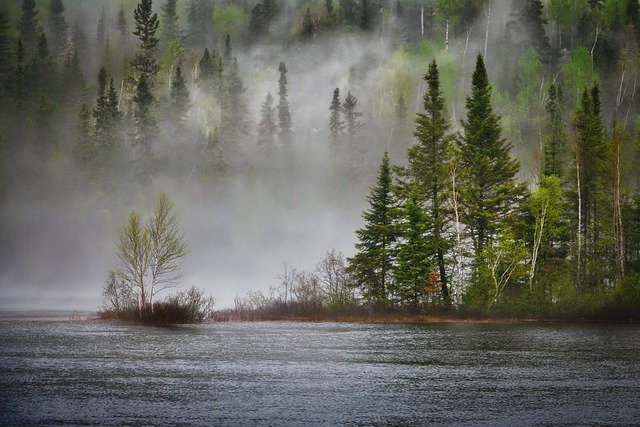
Overview of the Chapter
This chapter explores the diverse climate of India, which is influenced by various geographical factors such as latitude, altitude, distance from the sea, and relief features. The chapter discusses the monsoon system, seasonal variations, and the impact of climate on agriculture and human life in India.
Factors Influencing Climate
Latitude: India lies in the tropical and subtropical zones, which results in generally warm temperatures throughout the year.
Altitude: Higher altitudes, such as the Himalayas, experience cooler temperatures compared to the plains.
Distance from the Sea: Coastal regions have moderate climates due to the influence of the sea, while inland areas experience extreme temperatures.
Relief Features: Mountains and plateaus affect wind patterns and rainfall distribution.
The Monsoon System
The monsoon is a seasonal wind system that brings heavy rainfall to India. It is crucial for agriculture and water resources.
Southwest Monsoon: Occurs from June to September, bringing most of India's annual rainfall.
Northeast Monsoon: Occurs from October to December, affecting mainly the southeastern coast of India.
Seasons in India
India experiences four main seasons:
- Winter (December to February): Cool and dry weather in most parts of India.
- Summer (March to May): Hot and dry weather, with temperatures rising significantly in northern India.
- Rainy Season (June to September): Dominated by the southwest monsoon, bringing heavy rainfall.
- Post-Monsoon (October to November): Transition period with retreating monsoons and moderate temperatures.
Impact of Climate on Agriculture
India's agriculture is heavily dependent on the monsoon. Crops like rice, wheat, and sugarcane are grown according to seasonal rainfall patterns.
Kharif Crops: Sown during the monsoon season (e.g., rice, maize).
Rabi Crops: Sown in winter and harvested in spring (e.g., wheat, mustard).
Climatic Regions of India
India can be divided into several climatic regions based on temperature and rainfall patterns:
- Tropical Wet (e.g., Kerala, Andaman Islands)
- Tropical Dry (e.g., Rajasthan, Gujarat)
- Subtropical Humid (e.g., Uttar Pradesh, Bihar)
- Mountain (e.g., Jammu & Kashmir, Himachal Pradesh)
